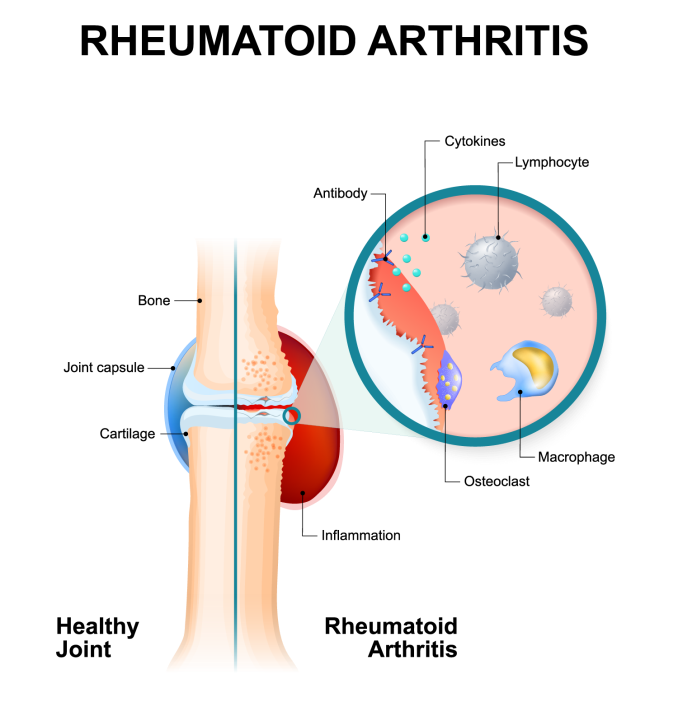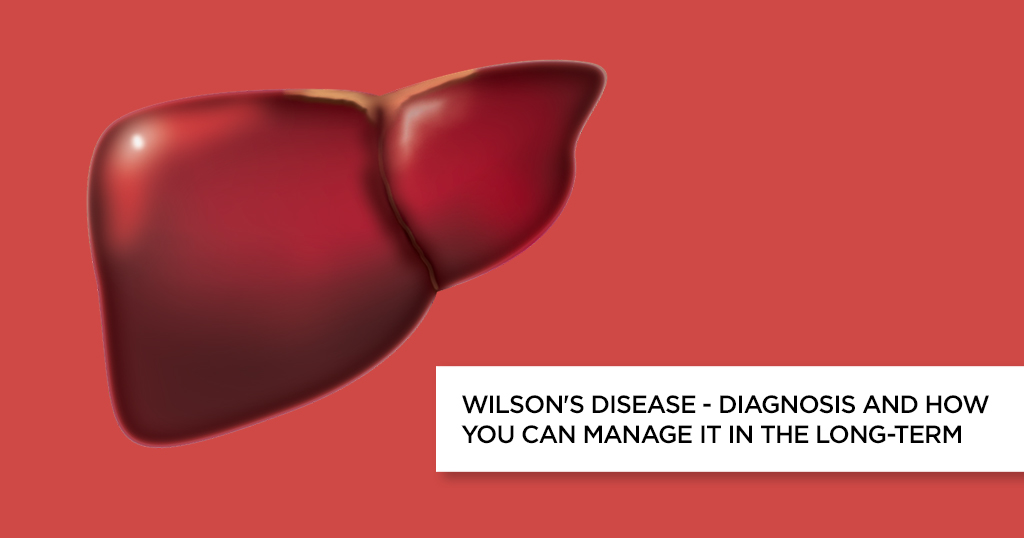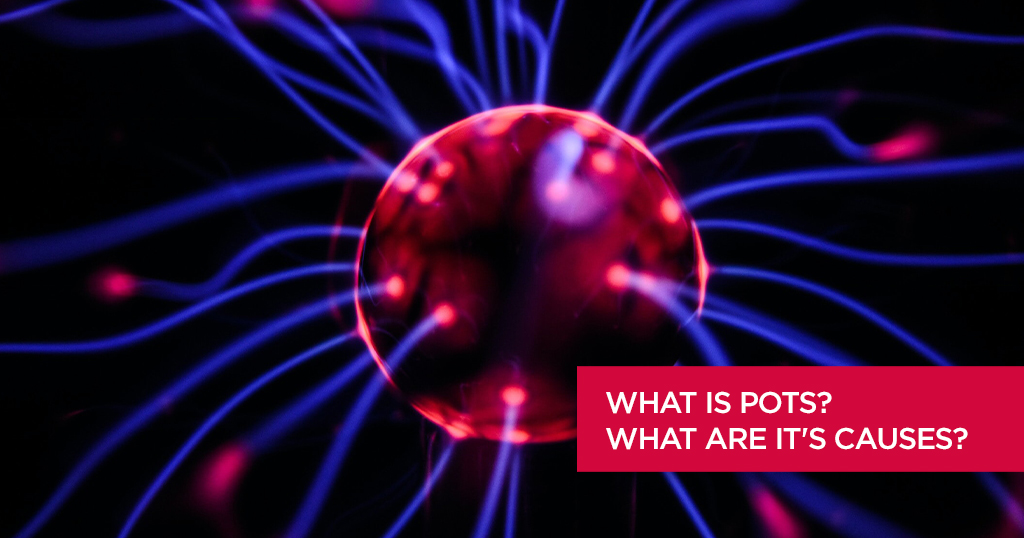Arthritis – Causes, Symptoms and Treatment


What is Arthritis?
Arthritis is a serious health condition characterized by inflammation of one or more joints that can cause substantial morbidity. The most commonly affected joints include the knees, hips, and hands other than shoulders. Detecting signs and symptoms of this condition early ensures a good outcome.
Most Common Causes
There can be different causes for arthritis. The most probable ones include:
- Joint diseases leading to inflammation and pain of the joint – Autoimmune diseases and infections.
- Broken bones.
- Wear and tear due to old age, obesity, etc.
Signs and Symptoms
Some classic arthritis symptoms include:
- Morning stiffness.
- Pain while climbing stairs.
- Sudden excruciating pain.
- Fatigue.
- Flu-like symptoms.
- Bumps appearing on fingers.
- Pain even while sleeping.
- Painful and hard to use limbs.
- Joint stiffness.
- Joint swelling.
- Numbness and tingling.
- Decrease in the range of motion.
If you have any of these symptoms or you frequently wonder, “Do I have arthritis?” it would be a good question to ask! It is better to discuss it with a doctor than suffer silently.
When to See a Doctor?
You need to make an appointment with an orthopedic if:
- You get pain in the joints along with fever.
- You easily get pain and stiffness.
- Pain is accompanied by redness and extreme tenderness.
- You get pain in the joints after sleeping or even after sitting for some time.
Request an appointment at Apollo Hospitals.
Call 1860-500-1066 to book an appointment.
Types of Arthritis
A hundred types of arthritis can affect us. However, the most common types are:
Osteoarthritis: Osteoarthritis is the most common type of arthritis, a non-inflammatory degenerative joint disease characterized by joint cartilage damage. This type usually affects middle-aged and older people.
Though the exact cause of this condition is unknown, some cited causes are:
- Age: Usually, osteoarthritis is associated with older adults but can also be found in younger adults. It mostly occurs due to trauma.
- Weight: Excessive body weight puts a lot of strain on your joints. This increased stress and particularly affects your hips, back, and knee joints.
- Sports Injuries – A sports injury can be a possible cause of osteoarthritis. Ligament injuries, tears, ACL, or dislocated joints are risk factors contributing to the development of future osteoarthritis.
- Genetic predisposition – You are more inclined to suffer from the symptoms if your immediate family, including parents or grandparents, have suffered from them.
- Gender – Women are at a greater risk of developing osteoarthritis.
- Occupation-related osteoarthritis – Depending on your daily physical activity at work or home, repetitive physical strain on your joints can cause wear and tear in your cartilage, causing joint pain and stiffness.
- Bleeding into the joints due to conditions such as hemophilia or necrosis of a tissue due to decreased blood supply can also be a cause.
Symptoms of osteoarthritis are similar to other types, and its diagnosis involves one or more of the following:
- A physical examination will help your specialist evaluate the affected joints for any kind of tenderness or swelling.
- X-rays: The specialist may recommend imaging tests like X-rays. Although cartilage is not visible on X-rays, any loss of cartilage could be revealed by identifying narrowed spaces between the bones of your joint. Bone spurs around a joint are also an indication.
- Magnetic Resonance Imaging (MRI): Detailed images of bone and soft tissues, including cartilage, can be visible through an MRI. Though not a common mode to diagnose osteoarthritis, it could help with more insight for complex cases.
- Synovial (Joint) Fluid Analysis: Your doctor may use a needle to draw Synovial fluid (also called joint fluid) from a symptomatic joint or bursa during a joint aspiration (arthrocentesis). The fluid is then tested if arthritis was caused due to any other problems such as gout, infection, or inflammation.
Rheumatoid Arthritis: (Rheumatoid Arthritis) This is a chronic, systemic disease with inflammatory changes occurring throughout the body’s connective tissues. It is characterized by the inflammation of the membrane lining the joints, which leads to pain, stiffness, and swelling and can result in loss of movement, loss of shape and alignment, and sometimes complete destruction of the joint. It affects women three times more than men.
Psoriatic Arthritis: People with psoriatic arthritis have psoriasis, a dry skin condition, along with arthritis. Psoriasis is characterized by raised, red and white, patchy areas of inflamed skin with scales. These patches are most commonly found on the elbows, knees, navel, scalp, and the skin around the genitals and the anus.
Not everyone with psoriasis develops psoriatic arthritis, and psoriasis usually appears before arthritic symptoms. This type of arthritis usually develops in people between 30 to 50 years of age. But in some cases, it can begin early in childhood too. The symptoms of psoriatic arthritis are similar to other types of conditions, but some classic signs include swelling of the fingers and toes and pitted and discolored nails.
- Gout: Gout is a type of inflammatory arthritis that, unlike RA, does not cause body-wide inflammation. Uric acid crystals are the main problem in gout. If your body produces too much uric acid or you are unable to remove excess uric acid fast enough, it can build up in the blood (called hyperuricemia). Excess uric acid forms crystals in the joints, resulting in extremely painful joint inflammation. Generally, gout strikes in the large joint of our big toe. However, it can also affect other joints. With gout, you go to bed feeling fine but wake up with agonizing pain.
- Lupus: Lupus is an autoimmune disease that affects joints too. Since it is an autoimmune condition, the body’s immune system turns rogue to attack its own cells and tissues. This is what causes the symptoms. This condition is more common in adult women, and African-American women have a higher predilection for this condition.
Other types of arthritis are ankylosing spondylitis and juvenile arthritis.
Also Read About: Swelling in The Knee
How is the Condition Diagnosed?
If you experience one or more symptoms and suspect arthritis, visit your doctor for an examination. To diagnose this condition, your doctor will take a medical history, perform a thorough physical examination, and evaluate your symptoms. Other diagnostic tests that may be performed include x-rays, blood investigations, MRI, and other lab tests.
Treatment for Arthritis
Arthritis, when diagnosed early, can minimize joint damage and reduce morbidity. The treatment for this condition usually aims to control pain, minimize joint damage, improve the function of joints, and enhance the patient’s quality of life. The treatment modalities usually include non-pharmacological therapies, medications, surgery, or a combination of these.
The treatment for each type of arthritis varies, depending on the presenting symptoms, patient’s age, and severity of the condition. The treatment for this condition can change over time and is primarily divided into the following segments:
- Medication
- Exercise
- Heat or Cold therapy
- Pacing activities
- Joint Protection
- Non-surgical Treatment Options
Non-surgical treatment for treating arthritis includes cartilage strengthening, nutritional supplements (glucosamine, collagen peptides, etc.), anti-inflammatory drugs, physiotherapy, intra-articular injections (steroids, sodium hyaluronate, Platelet-rich plasma- PRP, etc.).
Surgical Treatment Options
Most people with arthritis do not require surgery, but in severe cases, surgery is effective in eliminating pain when other treatment methods have failed, and it can give a new lease of life to that joint. In general, for mild to moderate arthritis arthroscopic surgery and for severe forms of the condition, a total joint replacement is often needed.
Apart from the various treatment options mentioned above, you can learn ways to better manage how arthritis affects you emotionally by talking about your feelings with family members and friends, exercising regularly, and joining your local arthritis support group.
Foods that Heal Arthritis
The best way to live a healthy, good quality life despite arthritis is by eating a proper diet, exercising regularly, and spotting signs of the condition early. Some foods that you must include in your diet to manage symptoms better include:
- Foods rich in Omega-3 fatty acids such as meat, sunflower oil, fish, walnuts, and flaxseeds.
- Cabbage
- Cauliflower
- Dairy products
- Bread
- Olive Oil
- Ginger
- Vitamin C-rich fruits
- Cherries
- Blackberries
- Raspberries
- Strawberries
- Grapes
- Eggplant
Prevention and Management
Can we prevent arthritis? Not really! However, we can prevent it from reaching an advanced stage that can cripple you and affect your quality of life. Here are some ways to do so:
- Early diagnosis and treatment can help a lot in preventing damage to joints.
- Eat a healthy, well-balanced diet to help maintain ideal body weight.
- Low vitamin D and calcium levels can lead to osteoarthritis in addition to old age. So have mineral supplements under the guidance of a doctor.
- Exercise regularly to strengthen the muscles around joints and increase bone calcium deposition. Physical activity reduces pain, improves function, and delays disability.
- Post-menopausal women need to talk to their gynecologist regarding hormone replacement therapy and calcium supplements.
- Protect your joints from injury.
- Avoid staying in one position for too long or avoid extra stress on the joints.
- Avoid alcohol consumption and smoking as both can weaken your bones, muscles, and joints.
Dos and Don’ts
Living with a chronic condition may not be easy, but with the right practices and a healthy lifestyle, you can live a normal life. Here are some dos and don’ts that can help you sail through arthritis and enjoy life to the fullest!
| To Do Some things beneficial for your arthritic symptoms and condition are |
Not to do Now that you know what you must do if you have arthritis, here are a few things you must absolutely avoid! |
| Exercise If you have arthritis, exercise can decrease your pain, improve your range of motion, strengthen your muscles and increase your endurance. Include low-impact aerobic exercises such as walking or cycling to improve your mood. |
Overtreatment/ Under treatment Don’t get addicted to over-the-counter pain relievers. They may result in serious side effects. At the same time, don’t try to ignore severe and prolonged arthritic pain as it may mean you have joint inflammation and may require daily medication |
| Pay attention to your body signal If a particular activity is aggravating your joint pain, it is best to find a joint-friendly alternative. Overusing your joints can cause further damage and lead to high intensity of pain. This will make it difficult for you to complete your daily tasks such as cooking and getting dressed. |
Don’t be a couch potato When you’re living with osteoarthritis or rheumatoid arthritis, staying in bed all day may seem like the right approach, but it is not. In fact, even a modest amount of exercise can help you cope better with your pain. Exercise just 15-30 minutes a day can also make you feel better. |
| Pay attention to your body signal If a particular activity is aggravating your joint pain, it is best to find a joint-friendly alternative. Overusing your joints can cause further damage and lead to high intensity of pain. This will make it difficult for you to complete your daily tasks such as cooking and getting dressed. |
Don’t give up control over your care Even after consulting a doctor and planning a medication, the onus lies on you to follow it regularly. Take control of your condition and adopt healthy habits. |
| Take regular medication Over-the-counter pain medications like acetaminophen or ibuprofen can relieve occasional pain. Creams containing capsaicin are useful pain relievers when applied to the skin over a joint. Though most of the medications are relatively safe, no medication is completely free of side effects. |
Don’t give in to depression Many people with arthritis develop depression. A recent study found that depression can worsen your perception of arthritic pain. This condition can be painful but try not to let it get you down. Working with your doctor on depression treatments will help you feel better. |
| Take regular medication Over-the-counter pain medications like acetaminophen or ibuprofen can relieve occasional pain. Creams containing capsaicin are useful pain relievers when applied to the skin over a joint. Though most of the medications are relatively safe, no medication is completely free of side effects. |
|
| Take regular medication Over-the-counter pain medications like acetaminophen or ibuprofen can relieve occasional pain. Creams containing capsaicin are useful pain relievers when applied to the skin over a joint. Though most of the medications are relatively safe, no medication is completely free of side effects. |
|
| Get enough sleep Sleep is very important when you have arthritis because the lack of sleep will only worsen your symptoms. Find the best mattress and sleeping position. A warm bath before bed can relieve joint and muscle pain and help you sleep better. Avoid drinking coffee or alcohol before going to bed as they can affect your sleep. |
|
| Quit smoking According to a study, smokers are more likely to get rheumatoid arthritis. And if you already have rheumatoid arthritis, your smoking habit can worsen your symptoms. Studies also show that people who smoke and have rheumatoid arthritis don’t respond well to medications, making more aggressive treatment necessary. |
Takeaway Message
Being diagnosed with arthritis can be life-changing for some and scary for others. But what you need to remember is that though this condition is not preventable, early detection and prompt treatment can reduce damage to your joints, bones, and tissues. With the right treatment plan and management, you can enjoy a happy and healthy lifestyle.
FAQs for Arthritis
What are the most common types of arthritis?
Types of arthritis are osteoarthritis, rheumatoid arthritis, ankylosing spondylitis and reactive arthritis.
© Copyright 2024. Apollo Hospitals Group. All Rights Reserved.
 +91 8069991061
Book Health Check-up
Book Health Check-up
Book Appointment
Book Appointment
+91 8069991061
Book Health Check-up
Book Health Check-up
Book Appointment
Book Appointment







